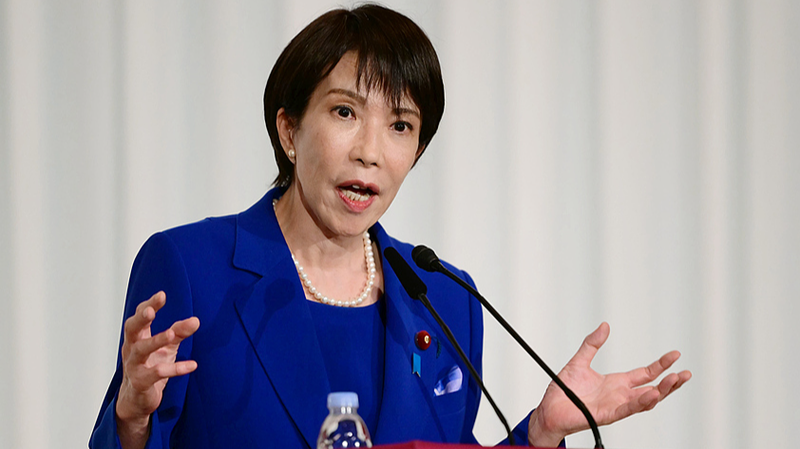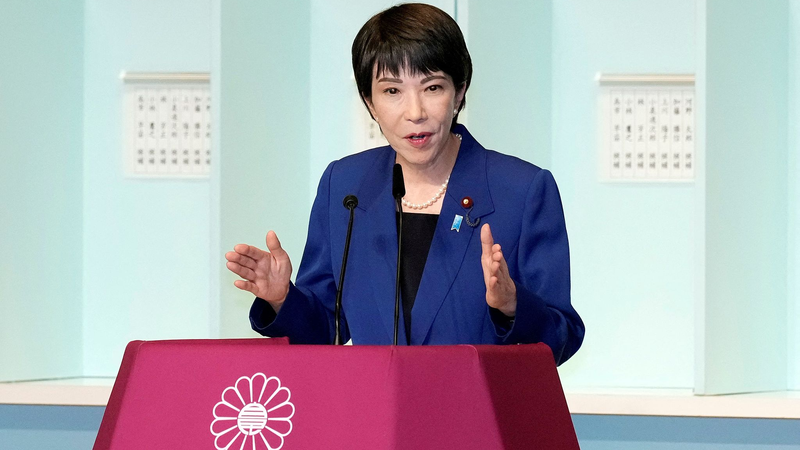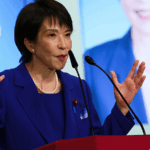Sanae Takaichi's election as leader of Japan's Liberal Democratic Party signals a pivotal shift in the nation's political trajectory. Set to become Japan's first female prime minister on October 15, 2025, her leadership comes amid economic stagnation, demographic challenges, and evolving regional dynamics.
Domestic Challenges and Economic Priorities
Takaichi inherits a sluggish economy grappling with inflation and an aging population. Analysts note her admiration for Margaret Thatcher's policies may signal market-friendly reforms, though her ability to unify the fracturing LDP remains untested. Business leaders await clarity on trade tensions with the U.S. and strategies to attract overseas investment.
Gender Dynamics in Japanese Politics
While her election breaks gender barriers, activists question her commitment to progressive reforms. Takaichi's mixed record on surname rights for married couples contrasts with promises to appoint women to key cabinet positions – a potential litmus test for Japan's political modernization.
Foreign Policy Implications
Regional observers monitor Takaichi's nationalist leanings, particularly regarding defense policy. Her stance could influence Japan's relationships with the Chinese mainland and the Republic of Korea, with implications for APEC cooperation and cross-strait stability. The DPRK's recent missile tests add urgency to regional security calculations.
As Japan prepares for this leadership transition, Takaichi's capacity to balance domestic reforms with diplomatic pragmatism will shape not only her nation's future but Asia's geopolitical landscape.
Reference(s):
What will Takaichi's rise to power mean for Japan and all of Asia?
cgtn.com








